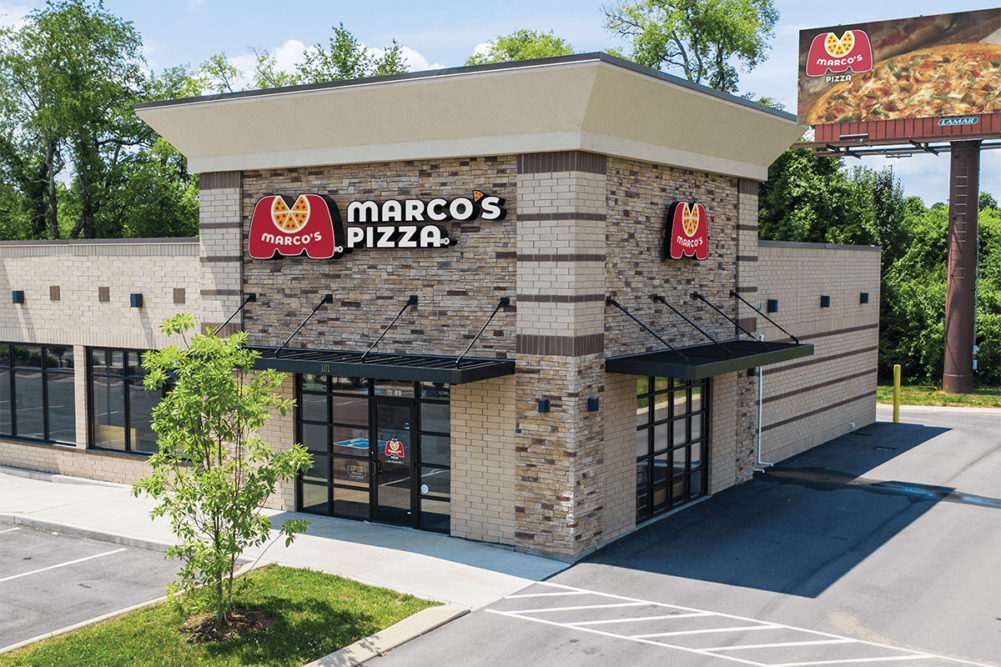TOLEDO, OHIO — Marco’s Pizza has hit $1 billion in annual systemwide sales for the first time, a milestone that comes on the heels of rapid growth for the company in recent years.
Marco’s is the fastest growing pizza brand based on year-over-year unit growth, according to Nation’s Restaurant News Top 500 Report, making it the country’s fifth largest pizza chain in systemwide sales.
Marco’s also has more than 225 stores in various stages of development, with more than 350 agreements signed.
“We expect strong penetration in all areas of the US, particularly growing deeper into Southeast and Southwest regions, with plans to further expand outside of the US in 2023,” said Tony Libardi, co-chief executive officer and president of Marco’s Pizza.
Marco’s reported a 12.8% increase in year-over-year Average Unit Volume in 2021. Mr. Libardi said the company’s goal is to eventually become the fourth largest pizza brand in the country.
“Marco’s has seen impressive sales growth, achieving double-digit same-store-sales increases year-over-year,” Mr. Libardi said. “We’ve seen digital sales grow immensely —online, through the Marco’s app and third-party delivery platforms have been integral partners in our success.”
The company’s growth is also thanks in part to its ability to adapt to consumer trends, Mr. Libardi added, including the growing demand for better-for-you pizzas. Marco’s became the first national pizza delivery brand to offer crustless pizza, with its pizza bowl line catering to increasingly popular high-protein, low-carb diets.
And more recently, Marco’s became the first national QSR pizza brand to offer a cauliflower crust option. The vegan-friendly crust is increasingly popular and is now the preferred crust of 12% of consumers, according to Technomic’s 2022 Pizza Consumer Trend Report.
Marco’s has also announced investments in technology innovations over the next few years to boost efficiency, Mr. Libardi said. This includes migrating to a 100% cloud-based order management system, utilizing AI for voice-to-text ordering and automated promise times, digital wallet payment technology and the rapid adoption of third-party delivery.






